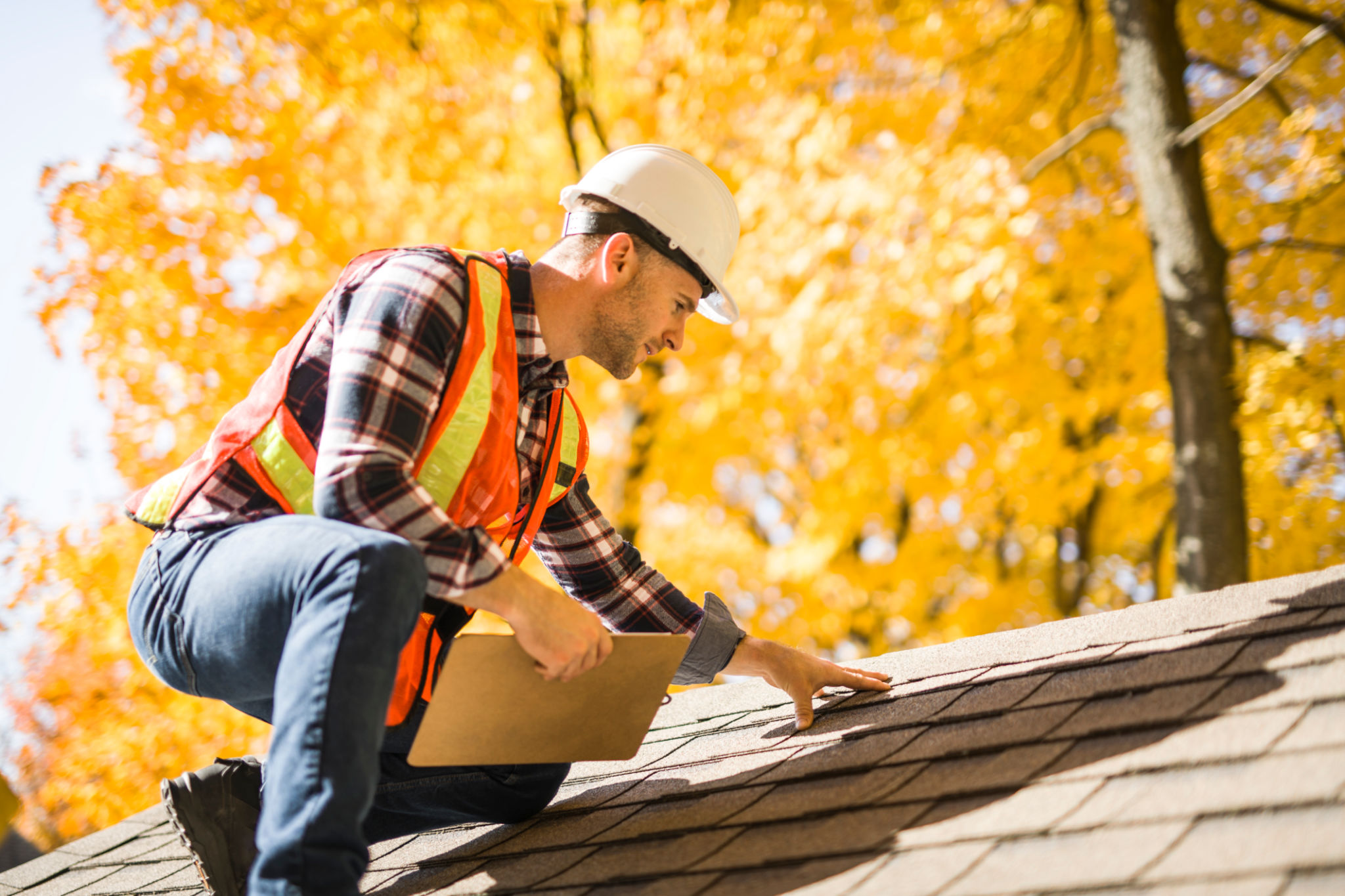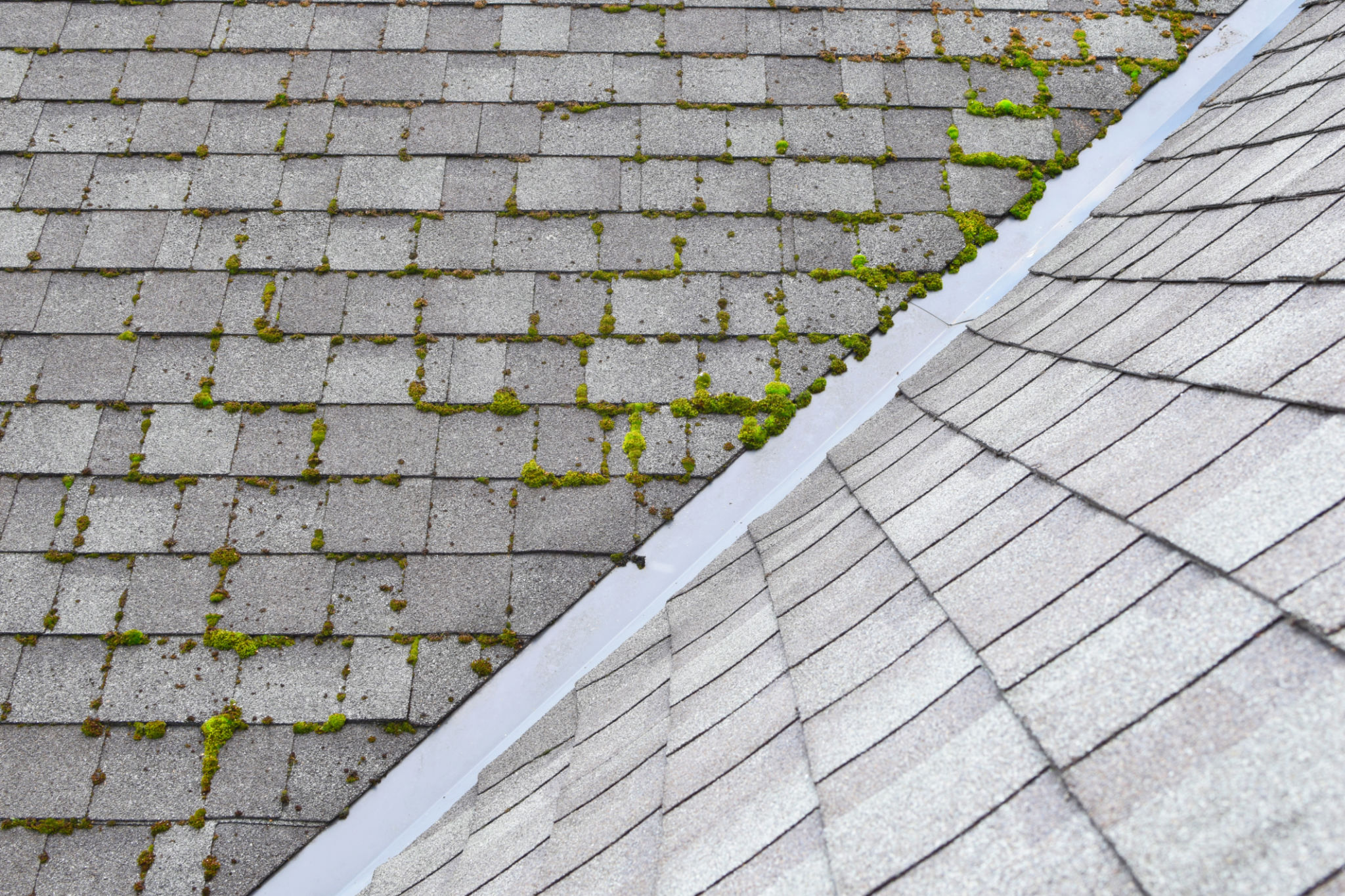DIY Roof Inspection: How to Spot Early Signs of Damage in San Marcos
Understanding the Importance of Roof Inspection
Maintaining the integrity of your roof is crucial, especially in places like San Marcos where weather conditions can vary. Regularly inspecting your roof can help you spot early signs of damage, potentially saving you from costly repairs in the future. A DIY roof inspection is a proactive way to ensure your home remains secure and safe.
Before you start, remember that safety is paramount. Always use a sturdy ladder and have someone assist you if possible. If you're uncomfortable with heights, consider inspecting only from the ground with binoculars.

What to Look for During an Inspection
Check for Missing or Damaged Shingles
The first thing to look for is any missing, cracked, or curled shingles. Shingles are your roof's first line of defense against the elements, and any damage here can lead to leaks and further structural issues. Pay extra attention to areas around chimneys, vents, and skylights where damage is more likely to occur.
Inspect for Granule Loss
Granules protect your shingles from the sun's rays and increase their longevity. Check your gutters and downspouts for granule buildup, which might indicate that your roof is aging or has suffered damage from recent storms.

Examine Roof Flashing and Seals
Roof flashing is critical in preventing water from seeping into your home. Inspect areas where the roof meets vertical surfaces like walls and chimneys. Look for signs of rust, cracks, or missing caulk that may compromise the flashing's effectiveness.
Don't forget to check around skylights and vents for cracked seals or damaged flashing. These spots are notorious for developing leaks if not properly maintained.
Look for Mold and Moss
Moss and mold can indicate trapped moisture, which can deteriorate roofing materials over time. If you spot significant moss growth, it might be time to clean your roof or seek professional help. Mold inside your attic or on the underside of the roof can also point to ventilation issues.

Assess the Gutter System
Your gutter system plays a vital role in directing water away from your roof and foundation. Check for clogs, sags, or leaks that might impede water flow. Ensure that gutters are securely fastened and free from debris.
If water isn't properly diverted away from your home due to faulty gutters, it can lead to foundation problems or basement flooding.
Evaluate the Attic
Don't overlook the interior of your attic during an inspection. Look for signs of water stains on the ceiling or walls, as well as mold growth or insulation damage. These indicators can alert you to a hidden leak before it worsens.

When to Call a Professional
While DIY inspections are beneficial, there are times when it's best to call in a professional. If you notice significant damage, large areas of missing shingles, or structural concerns, a roofing expert can provide a more thorough assessment.
Regular inspections will help you address minor issues before they become major problems, ensuring your roof remains durable and protective against San Marcos' varying weather conditions.
